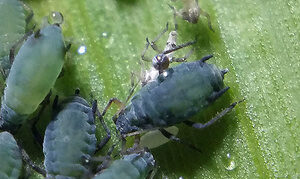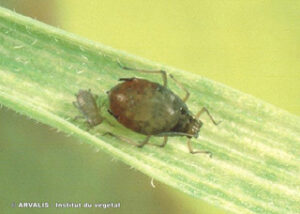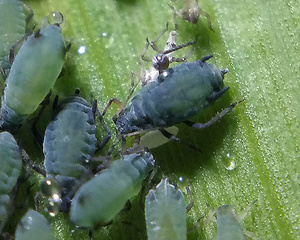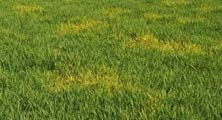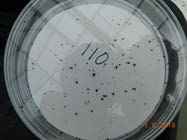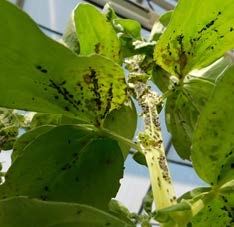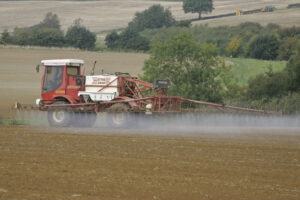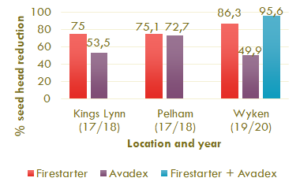Life in Life Scientific
September in Life Scientific Newsletter
UK News:
It’s always good to get product feedback – it shows us what we’re doing well and where we can do better. One area we’ve had feedback on is our labels, so we have listened and prioritised making them better for the new season.
We’re delighted to reveal our brand new look which will start appearing on products this Autumn, with Firestarter being the first product to be released with the new labels, and the rest of the range following in the Autumn and into Spring.
The new designs consist of a front and a back label on the bottle so information is larger and therefore easier to read and they are also colour coded into product groups. Blue labels indicate a fungicide, green for herbicides. Lambdastar, our insecticide is red and other product groups such as adjuvants or plant growth regulators will have a purple label.
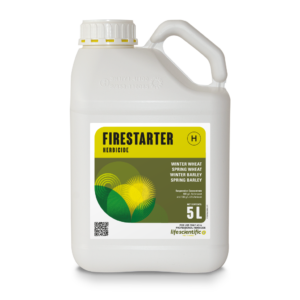
Product News
Winter Linseed is gaining in popularity and increasing its UK acreage. It could be seen as an easier crop to manage in the autumn due to being unattractive to Cabbage Stem Flea Beetle and slugs.
Basilico is a reverse engineered Callisto and contains 100g/L of mesotrione providing excellent control for a range of broad leaved weeds.
Basilico was granted an Extension of Authorisation for Minor Use (EAMU) in crops of Linseed when used at the pre-emergence timing and can be applied once, at a maximum rate of 1.5L/ha for control of Common chickweed, Fat-hen and Field pansy amongst other Autumn germinating weeds.
The EAMU and further product details can be obtained from our website.
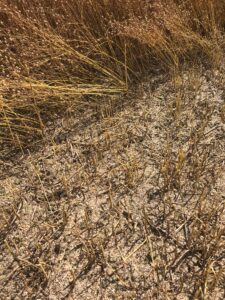
Oilseed Rape Focus
There is rumoured to be a 25% increase in oilseed rape crops planted this year, if growers have sufficient soil moisture to drill. Whilst warm, moist seedbeds provide the right conditions to get the crop growing, the risks associated with growing OSR have not gone away.
Once the crop is in the ground it needs to be protected – preferably without large up-front costs but due to the increase in selling prices it’s more important than ever to provide the right protection to maximise yield.
Disease control in OSR is much more straight forward than pest control.
Phoma can sometimes be neglected as light leaf spot takes the headlines, but phoma lesions can progress into quite damaging stem cankers which severely impact water and nutrient movement through the plant – impacting plants ability to grow away from slugs, pigeons etc.
Early phoma infections on smaller plants can cause losses of up to 0.5t/ha so its important to prioritise smaller plants and apply a fungicide when treatment threshold levels are reached. Difenostar containing 250g/L difenconazole is a great option for phoma control without the up-front spend. The same level of disease control can be achieved with 2 applications of 0.25L/ha 3-4 weeks apart as a single dose of 0.5L/ha. If fresh symptoms are seen in late winter or early spring a second application of 0.5 L/ha should be made.
Total dose of Difenostar approved on oilseed rape is 1 L/ha. For more product information visit the website.

Although phoma is the most widespread early OSR disease, light leaf spot is the most damaging in terms of yield with potential losses of up to 1t/ha
Earlier sown crops are at the greatest risk of light leaf spot and reports show this disease is being found earlier and recycling quicker than previously thought.
It is important to protect crops in the Autumn to prevent a more devastating reoccurrence of the disease in the Spring. Fungicide applications should be prioritised for varieties which score below 6 on the Recommended List but all crops need regular monitoring.
There are several regional forecasting tools which can help for effective application timing. A stacked triazole approach using both tebuconazole and prothioconazole provides protective and curative activity and reduces the reliance on solo prothioconazole as part of an anti resistance strategy.
Esker is our reverse engineered Kestrel containing 160g/l prothioconazole and 80g/l tebuconazole. It’s an excellent fungicide choice for control of light leaf spot and will contribute to plant growth regulation and managing crop canopies in order to maximise yield.
We can’t talk about OSR Autumn protection without mentioning cabbage stem flea beetle. Early sowing could be a way of preventing damage from cabbage stem flea beetle as larger crops may withstand a greater amount of insect damage. However constant monitoring is needed until plants are big enough to grow away from early shot-holling damage.
Lambdastar our reverse engineered Hallmark Zeon, is a good option for pyrethroid sensitive CSFB. Lambdastar contains 100g/l lambda-cyhalothrin and should be used as part of an anti resistance strategy when thresholds are reached. If using as a stand alone application a non-ionic wetter should be included to maximise efficacy.

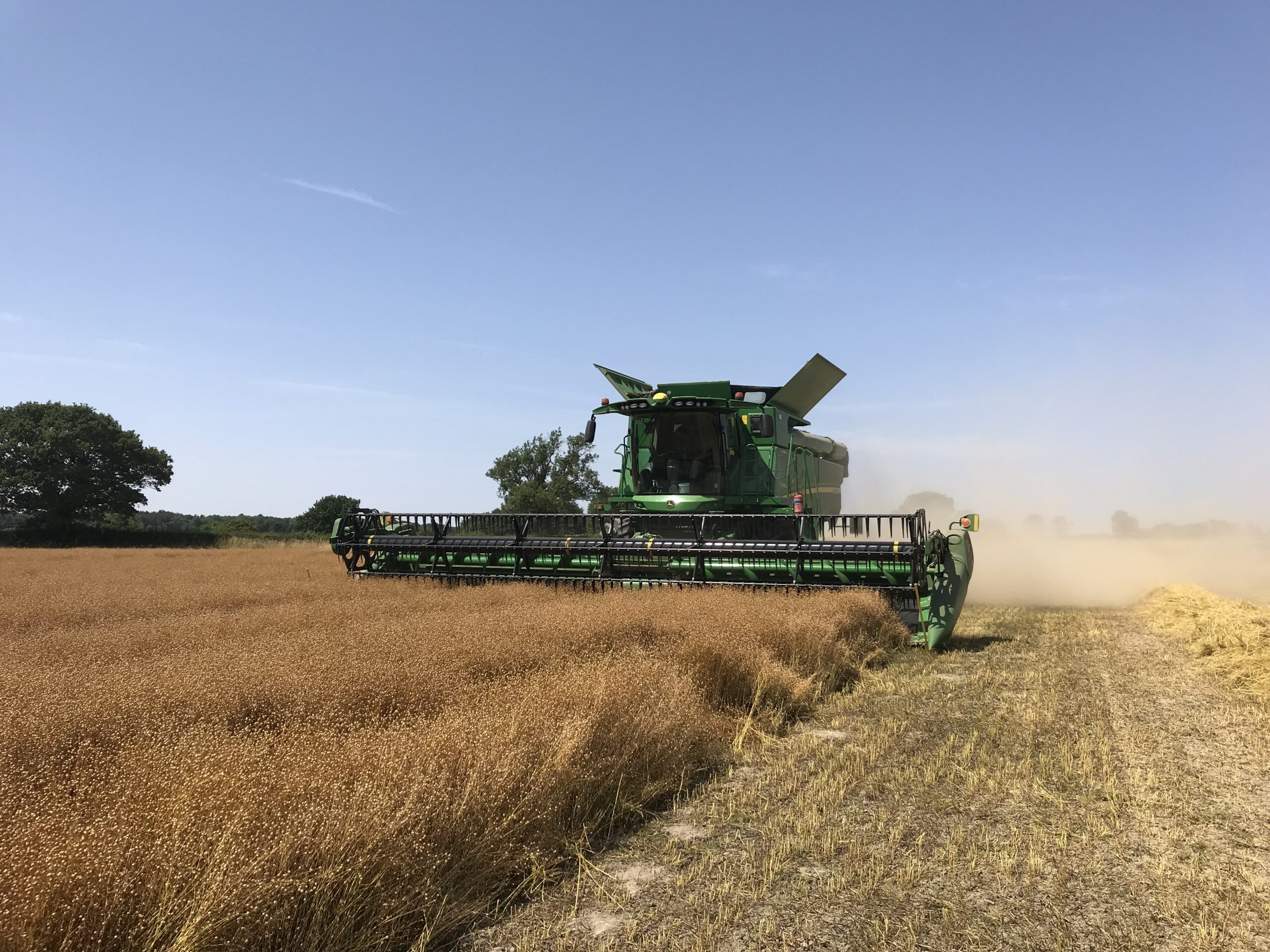
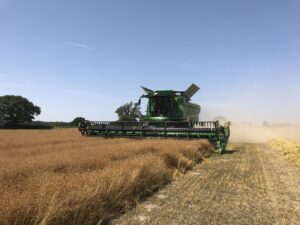


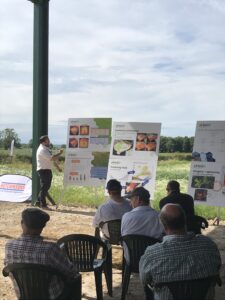
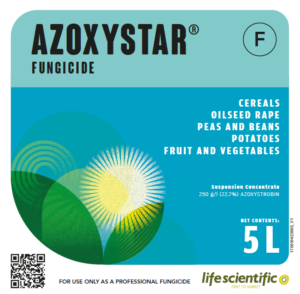

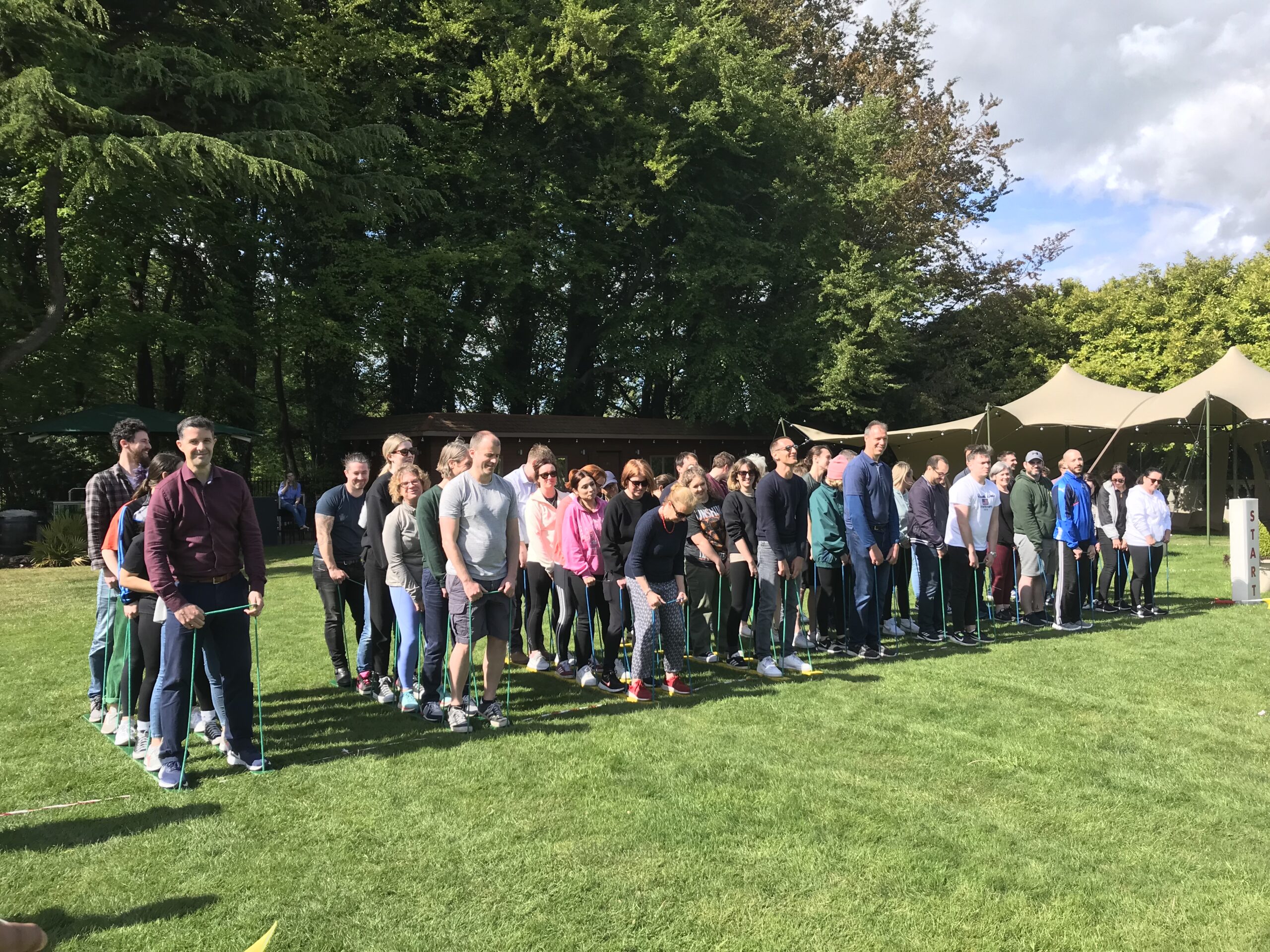

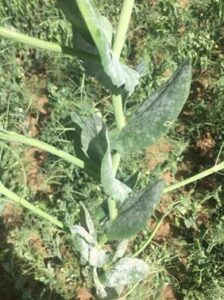

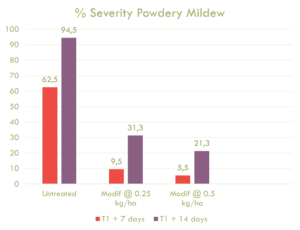
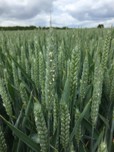

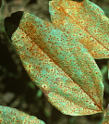
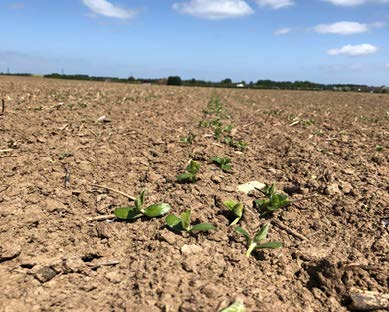
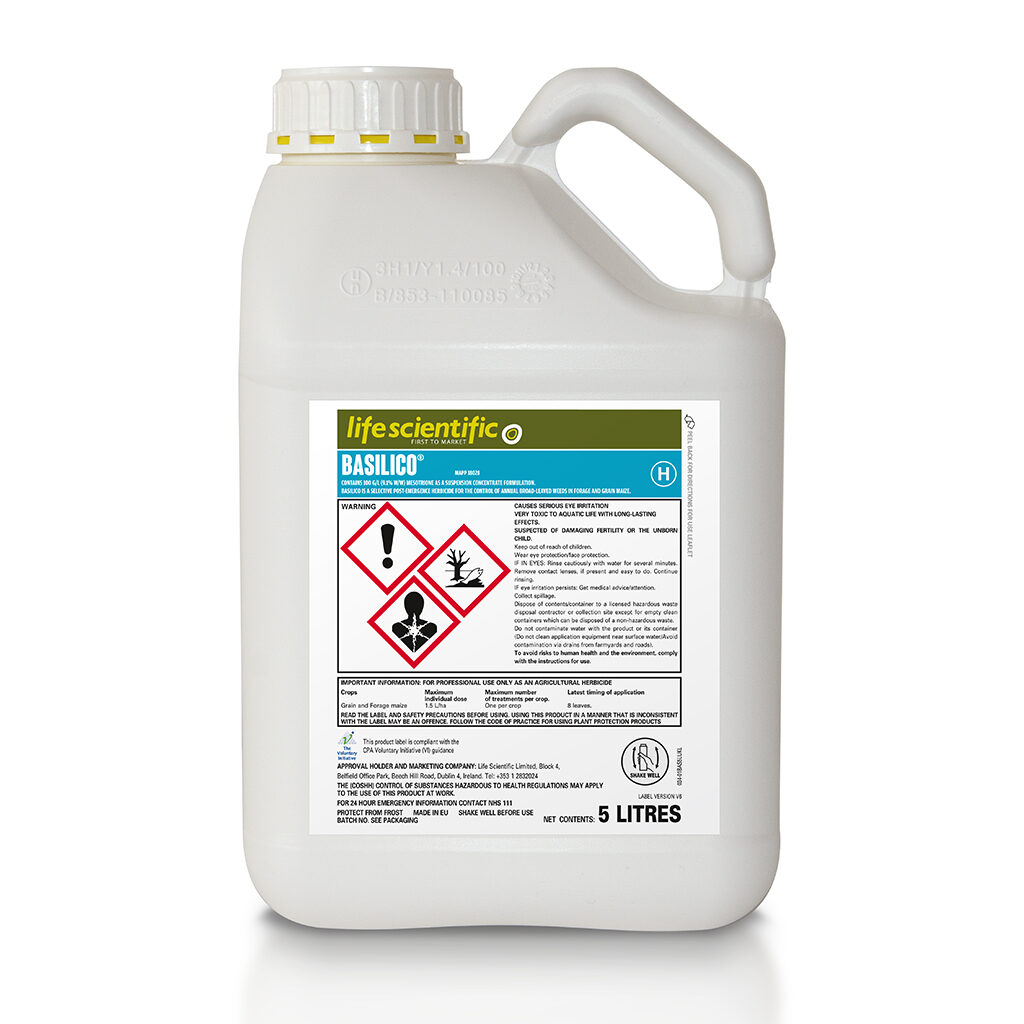
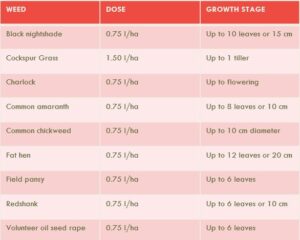
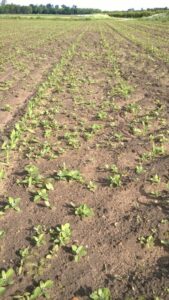

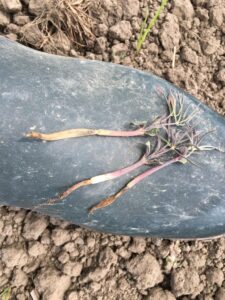
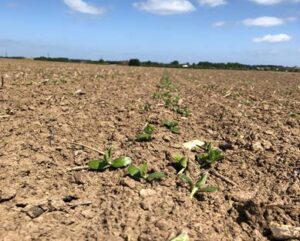



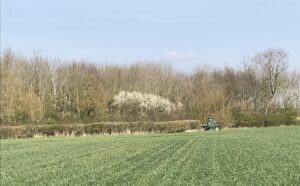
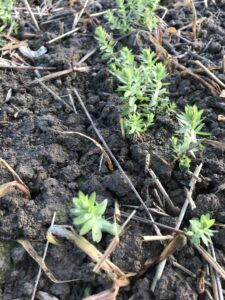

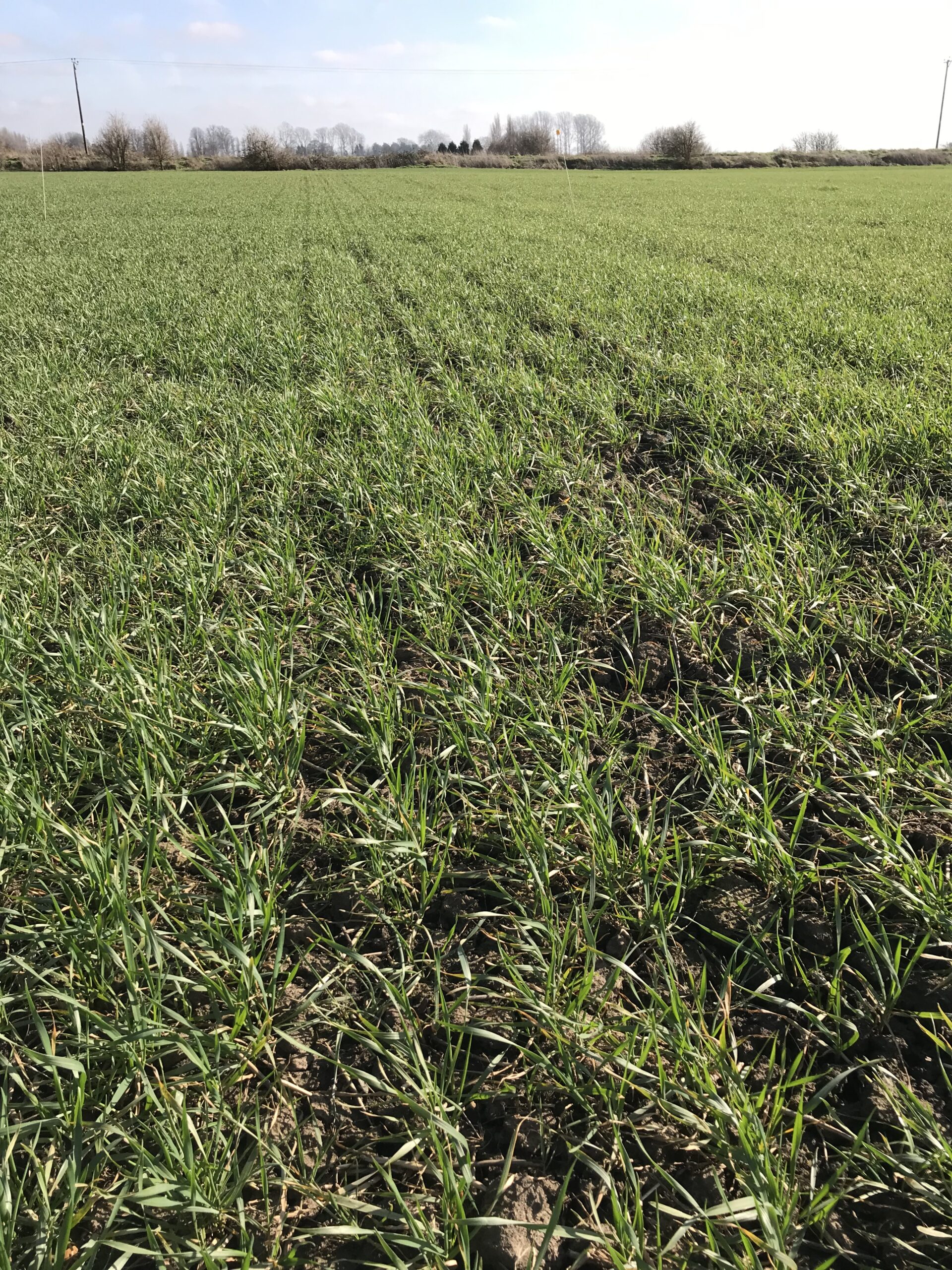
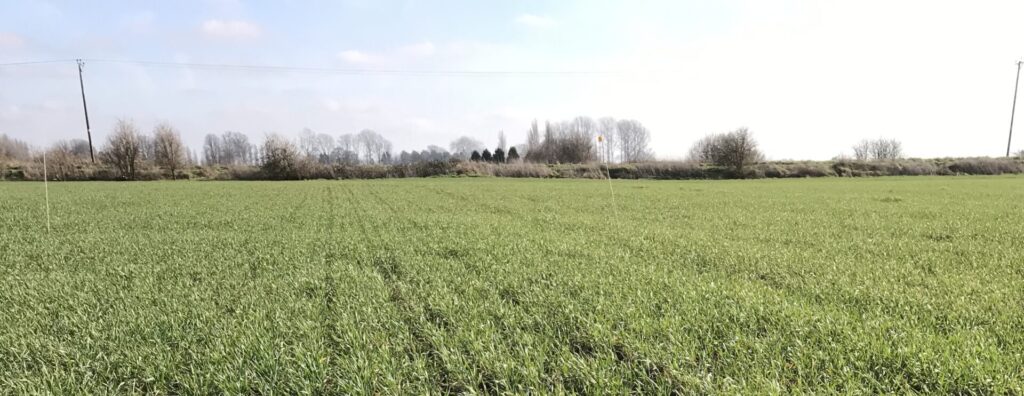

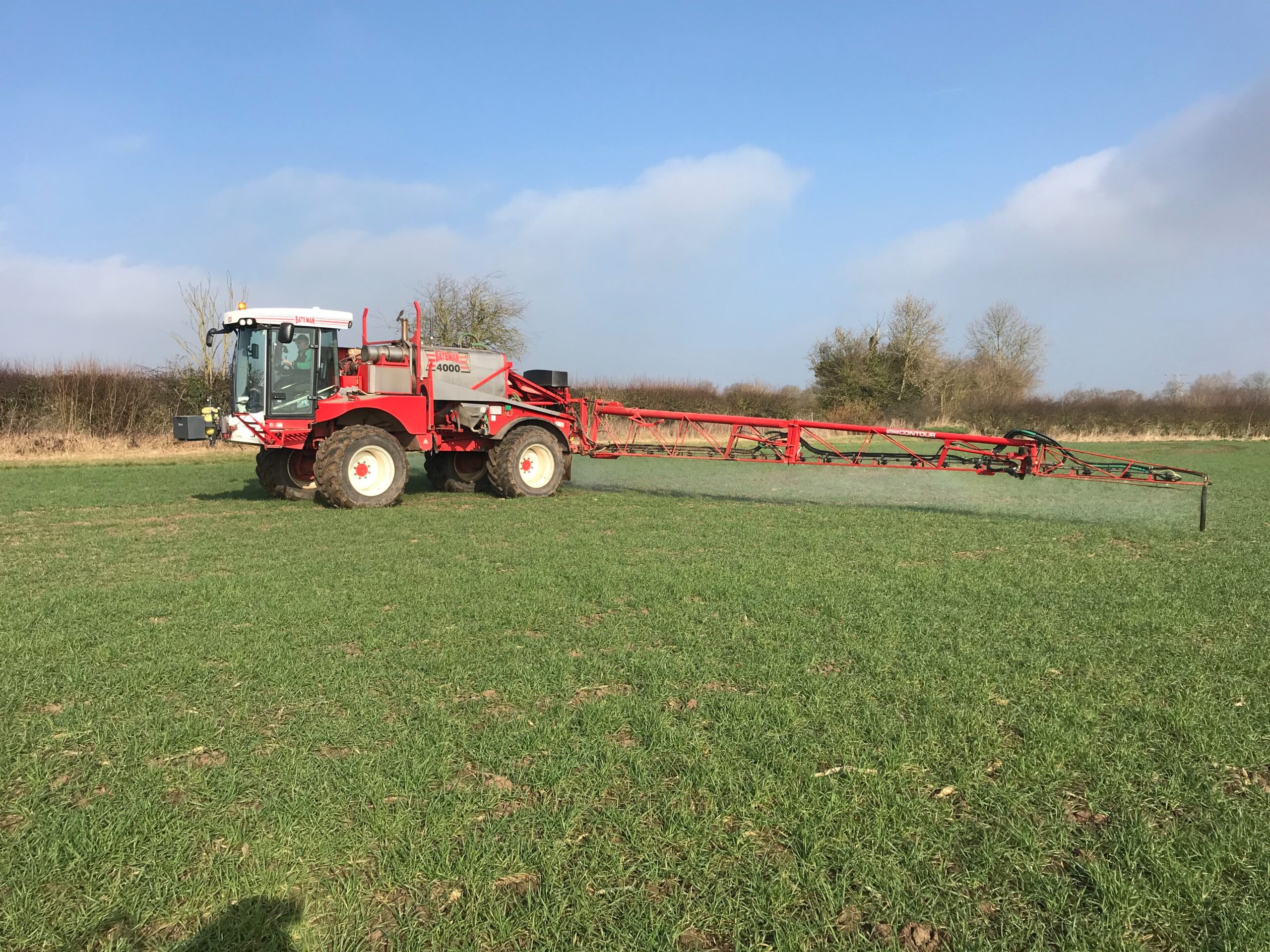



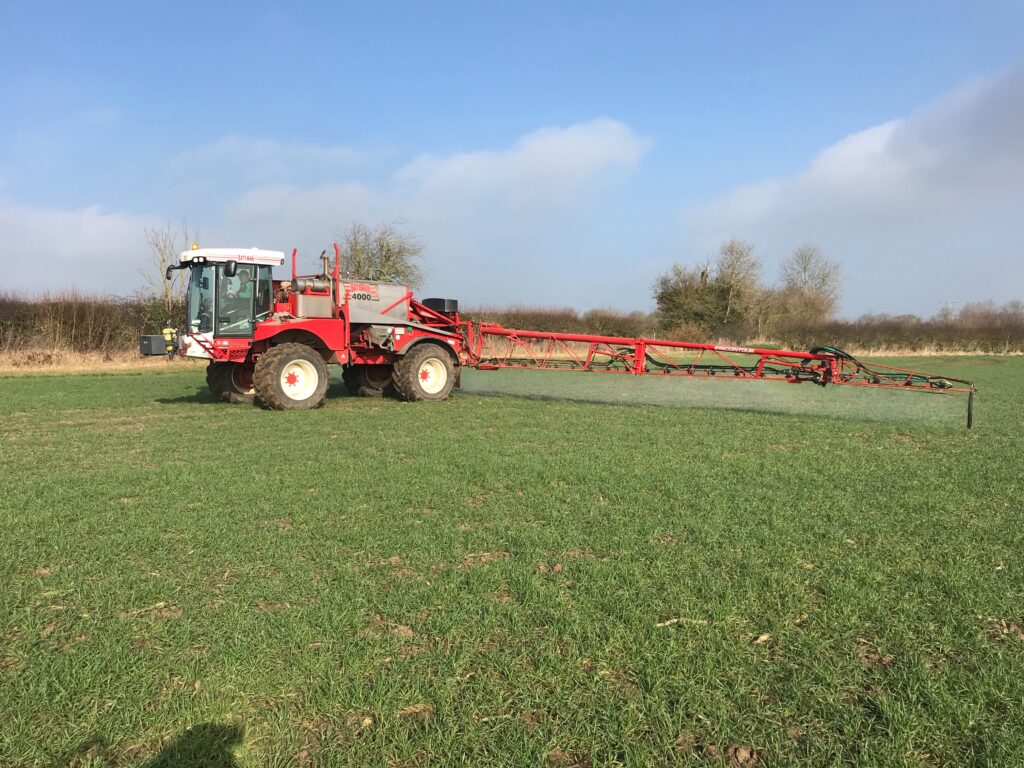
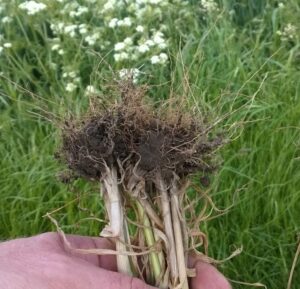


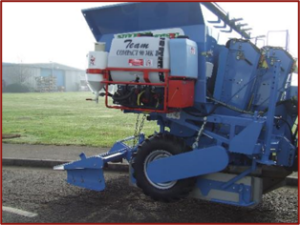


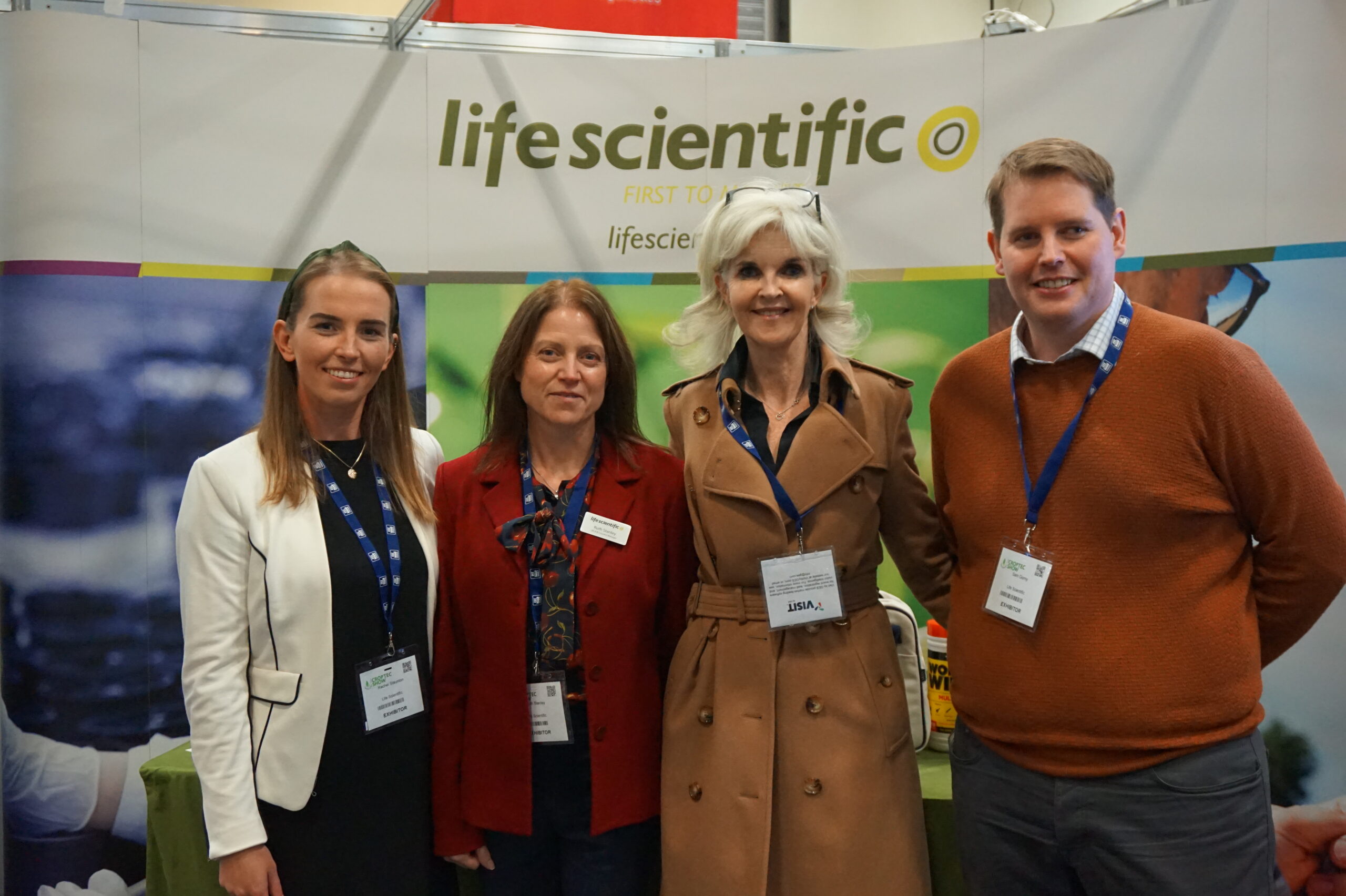


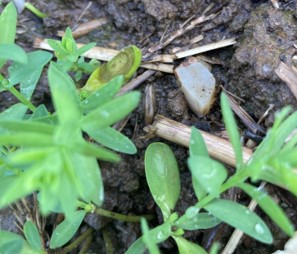 We’ve some great news for Difenostar, our reverse engineered Plover containing 250 g/l difenconazole.
We’ve some great news for Difenostar, our reverse engineered Plover containing 250 g/l difenconazole.